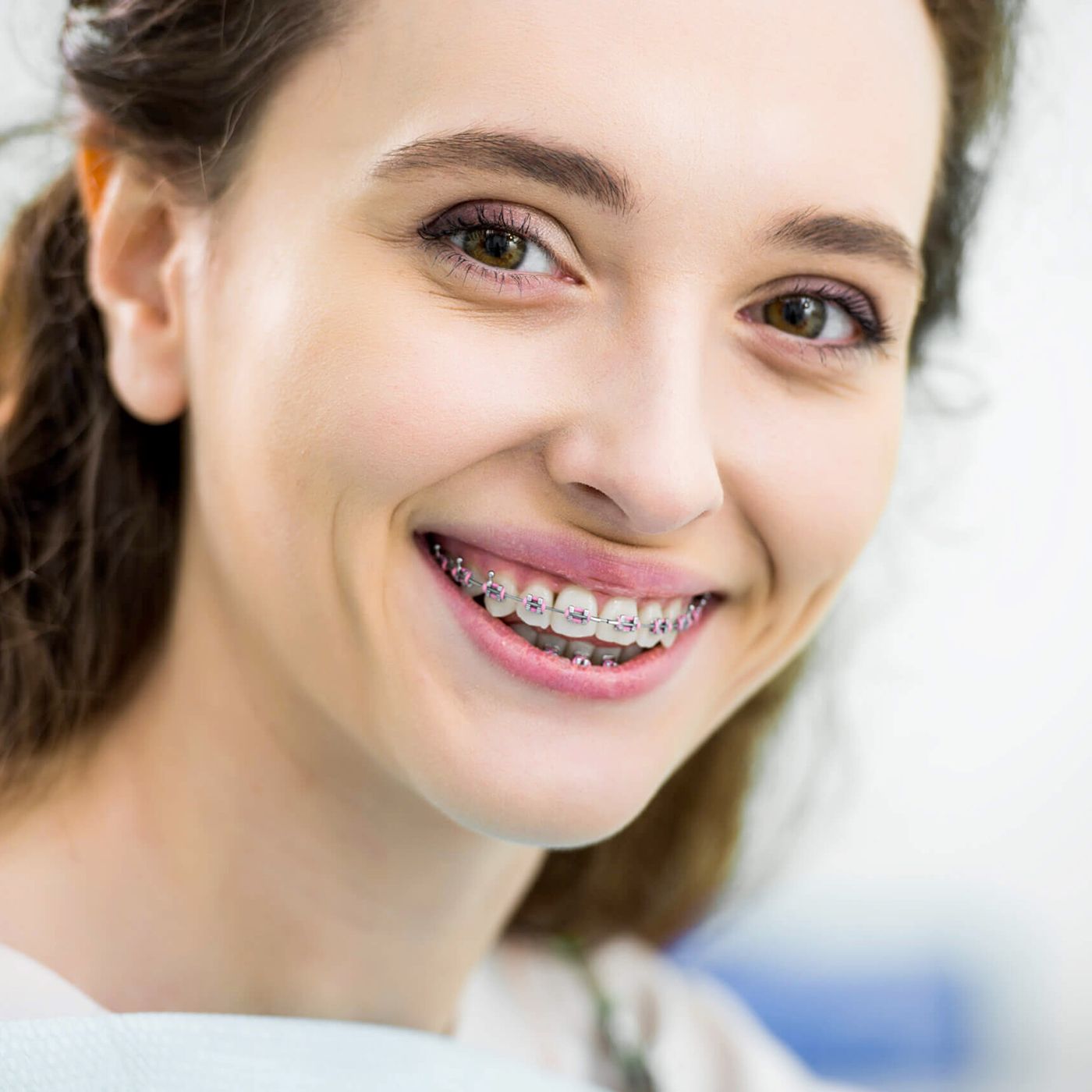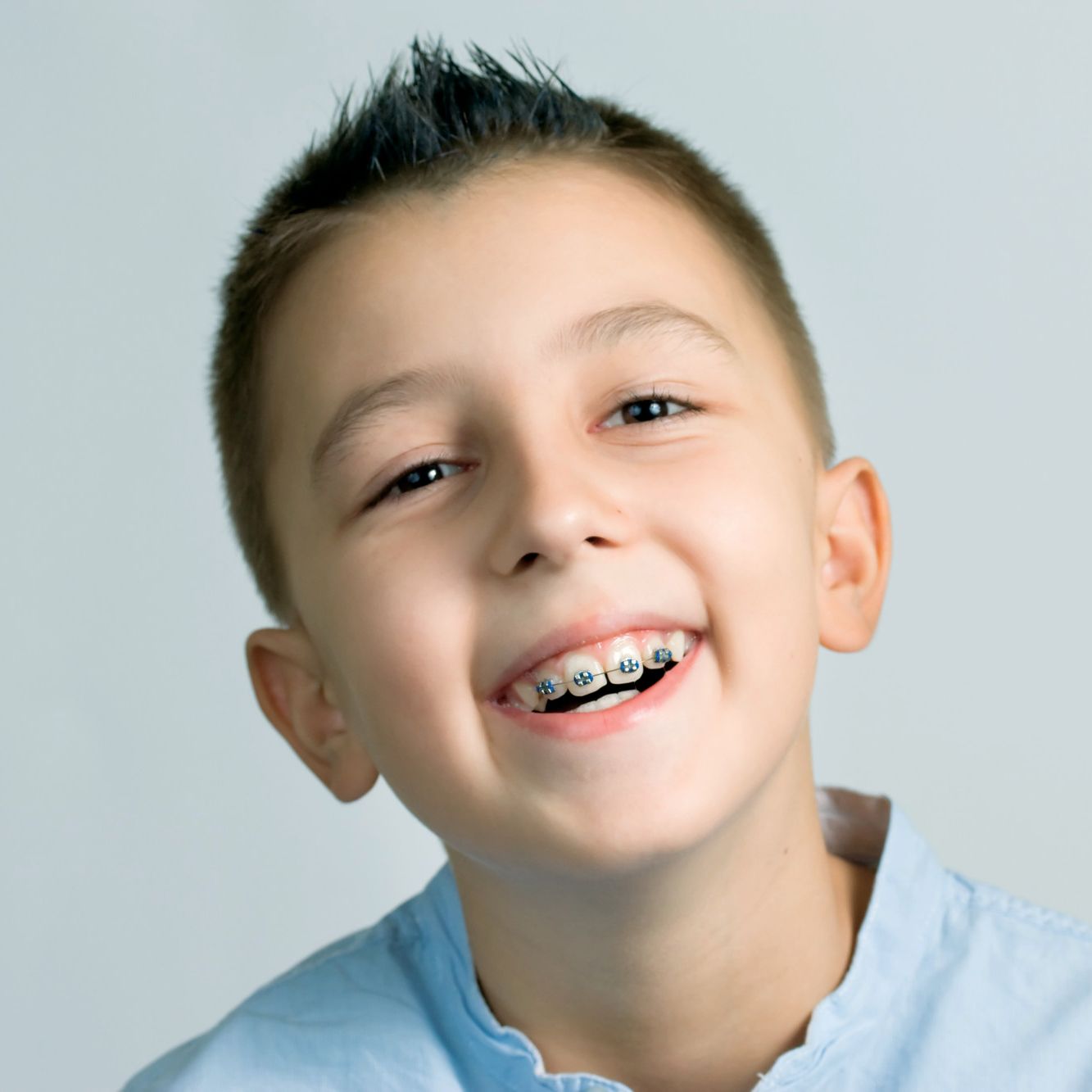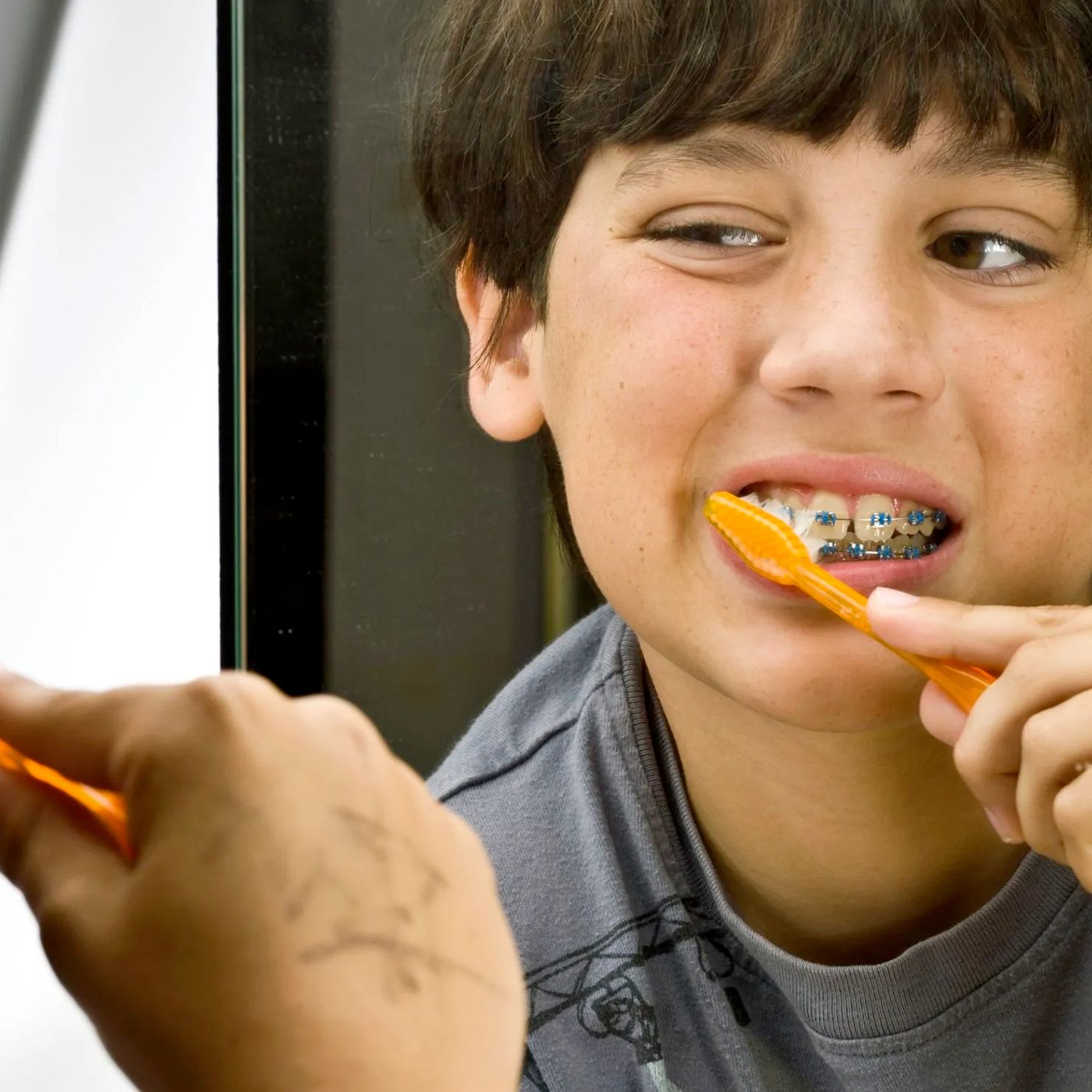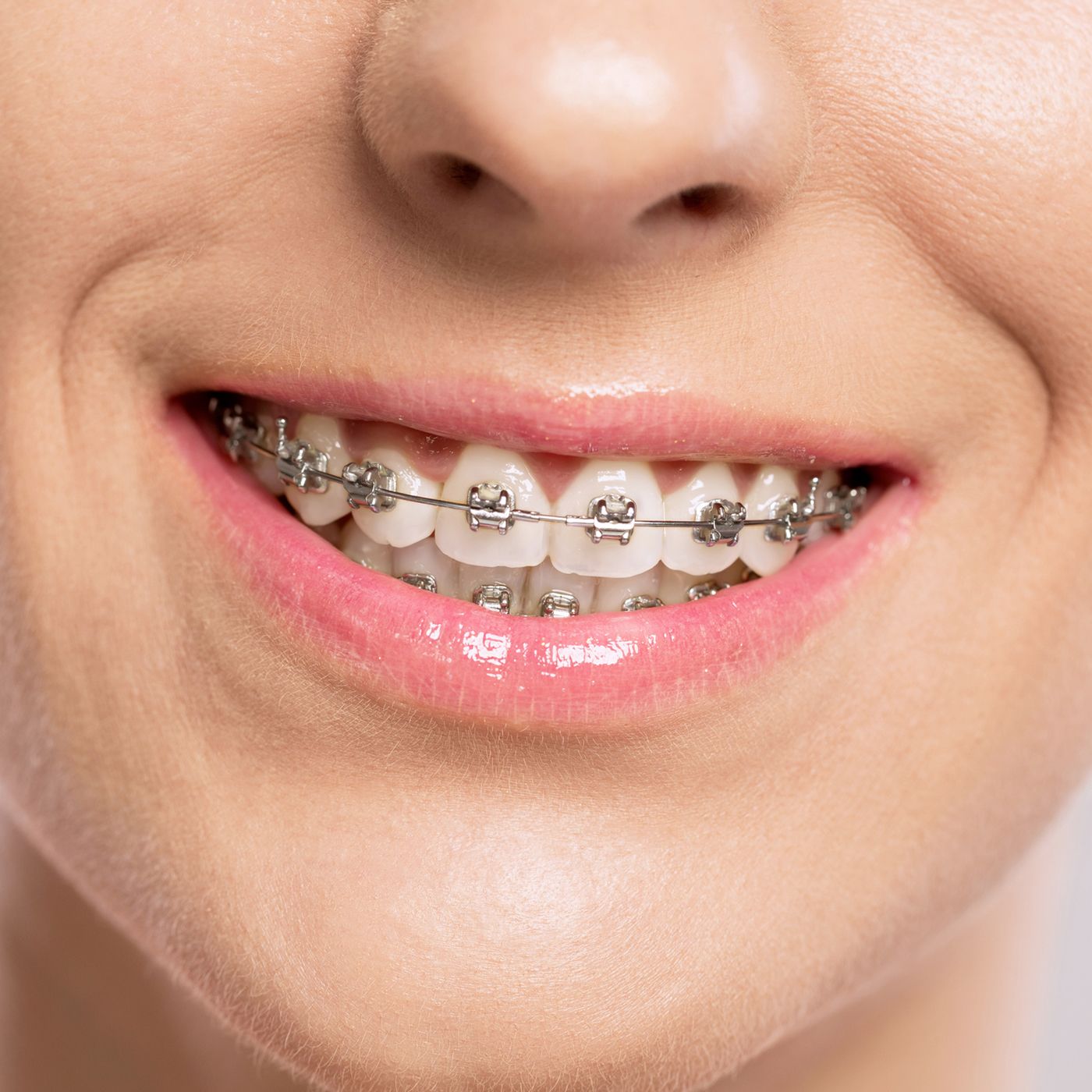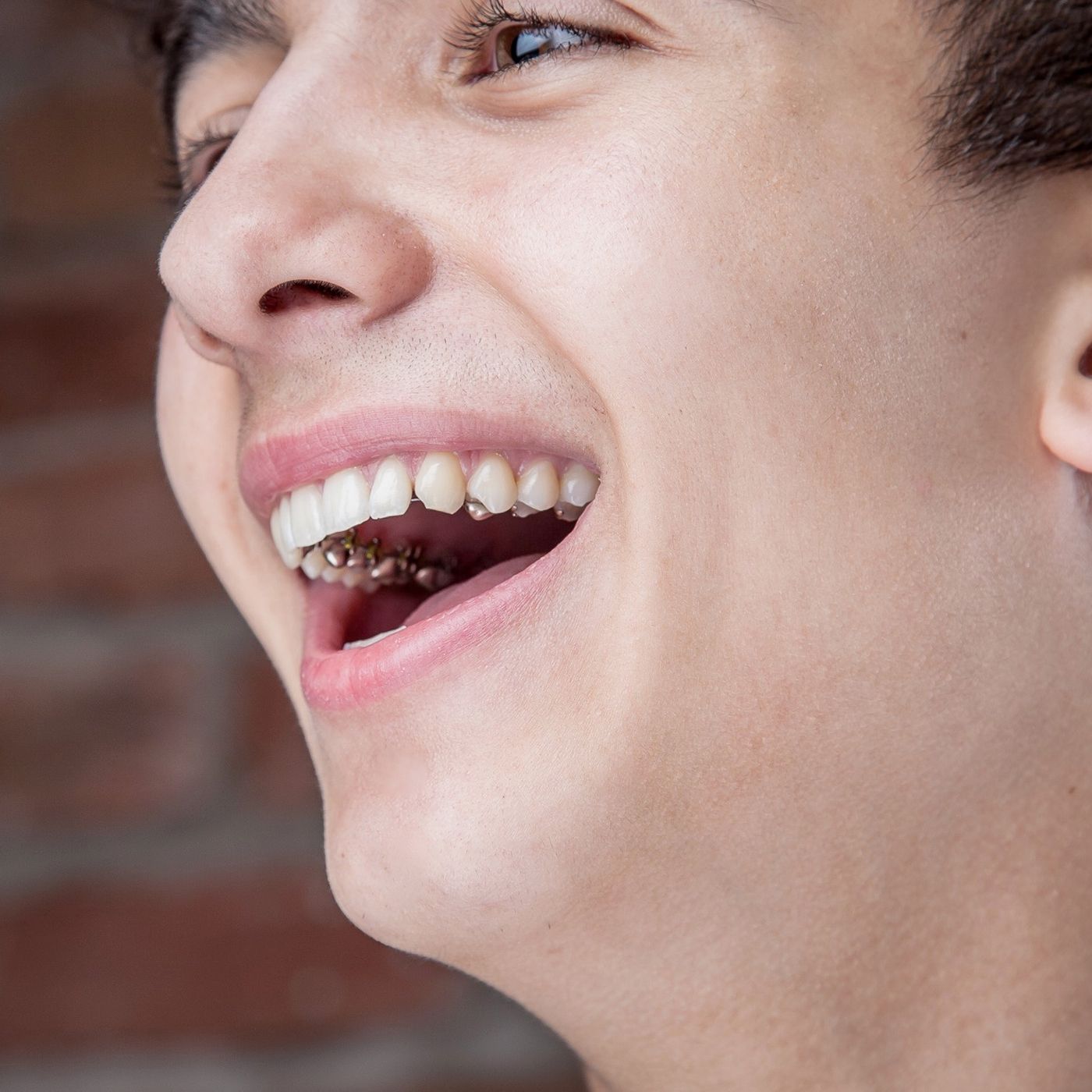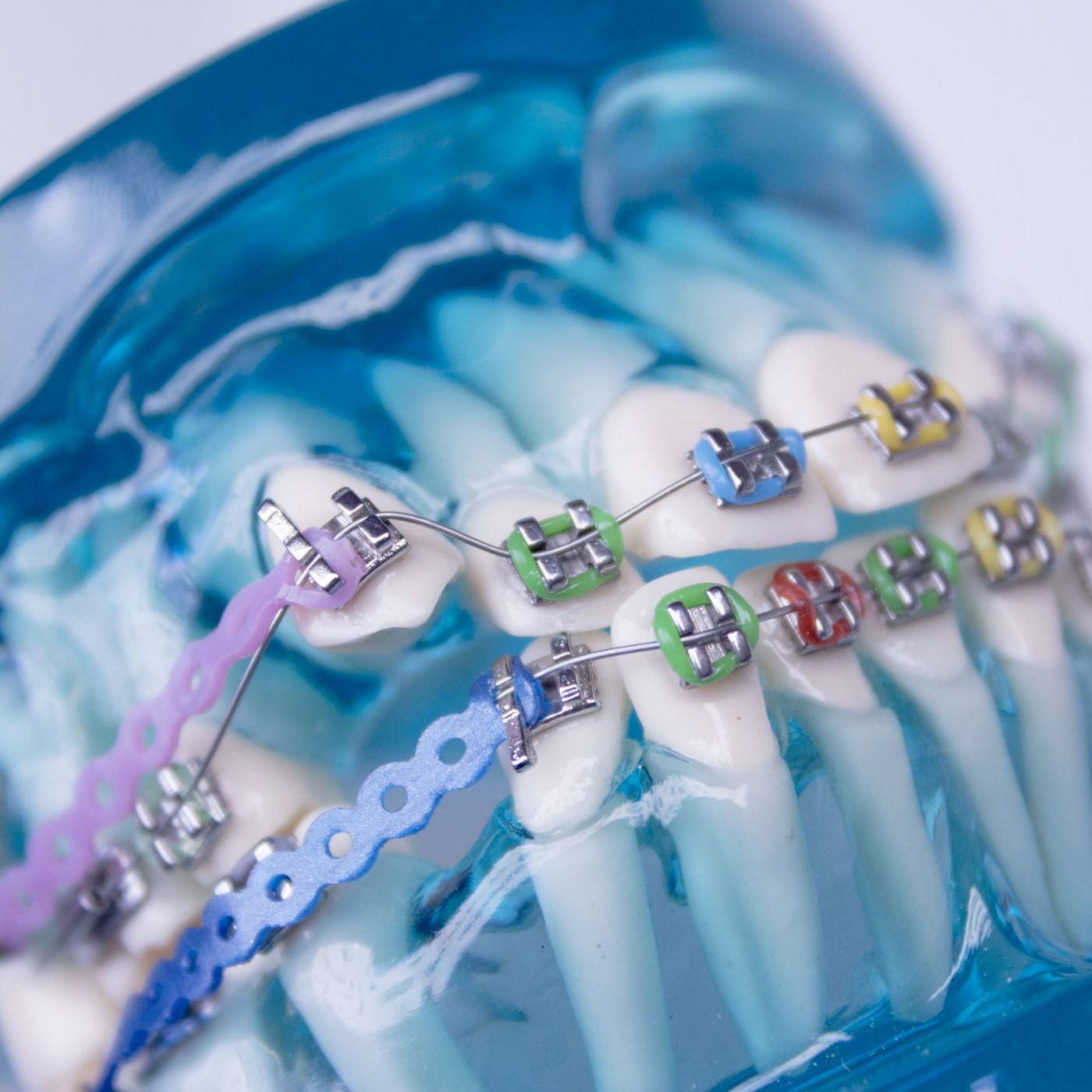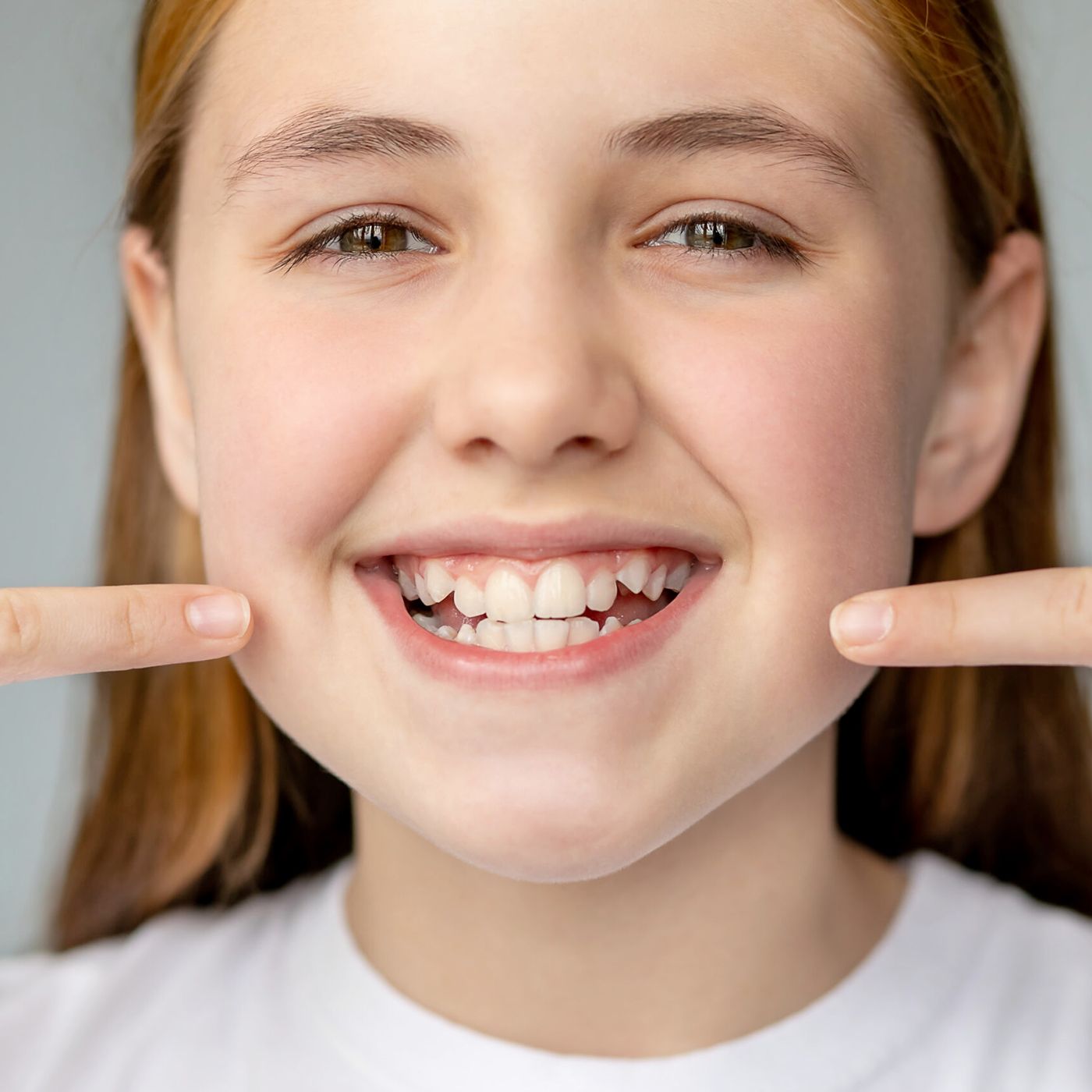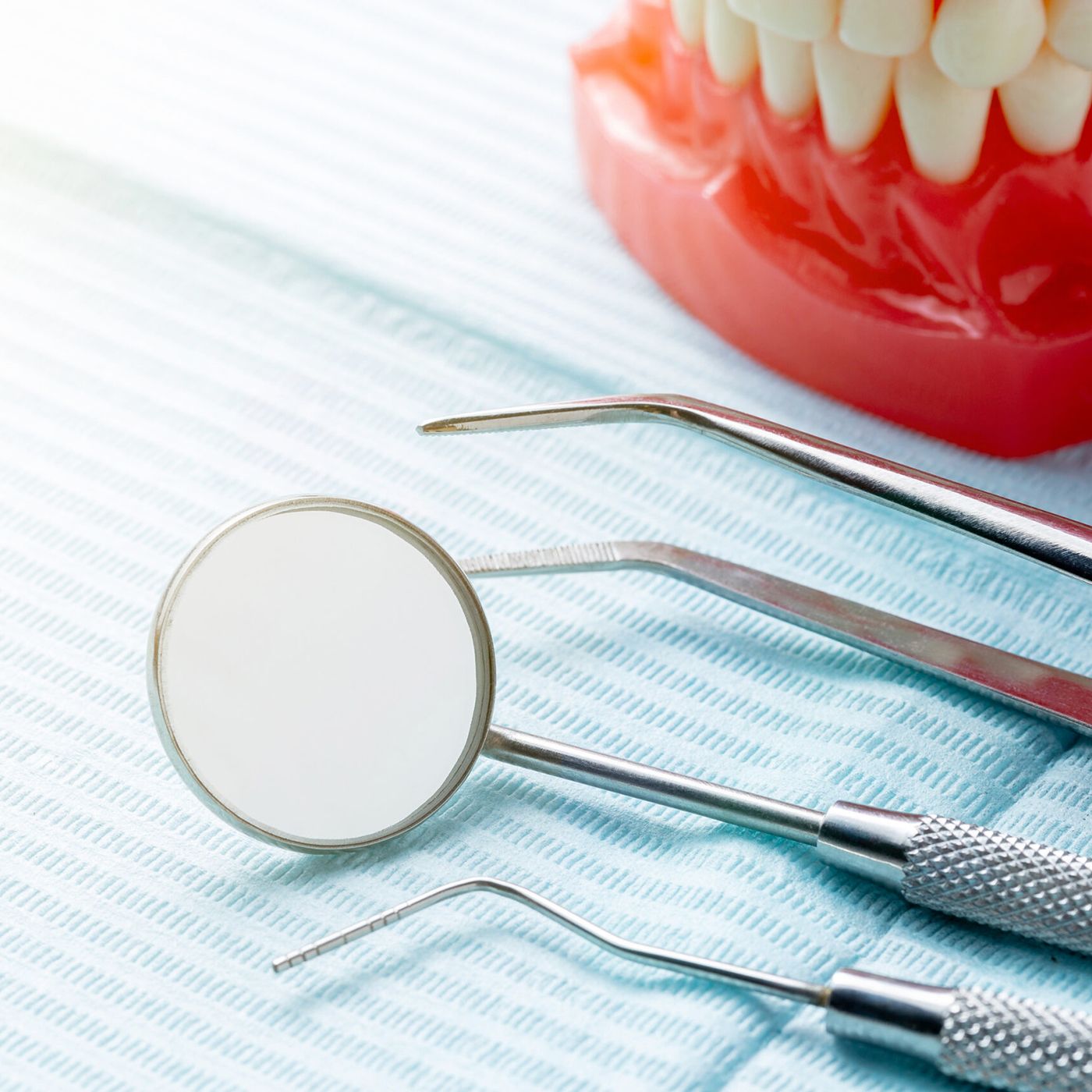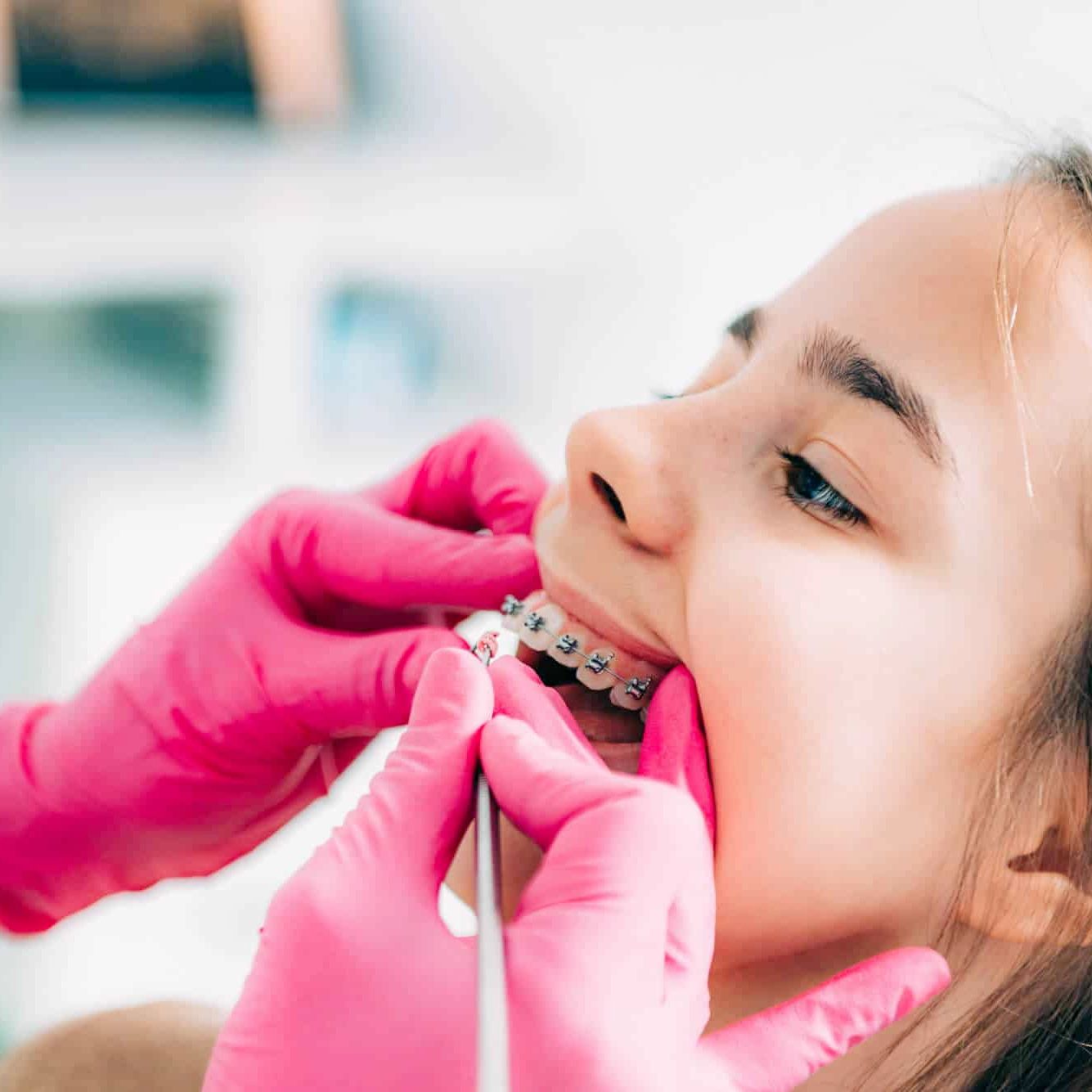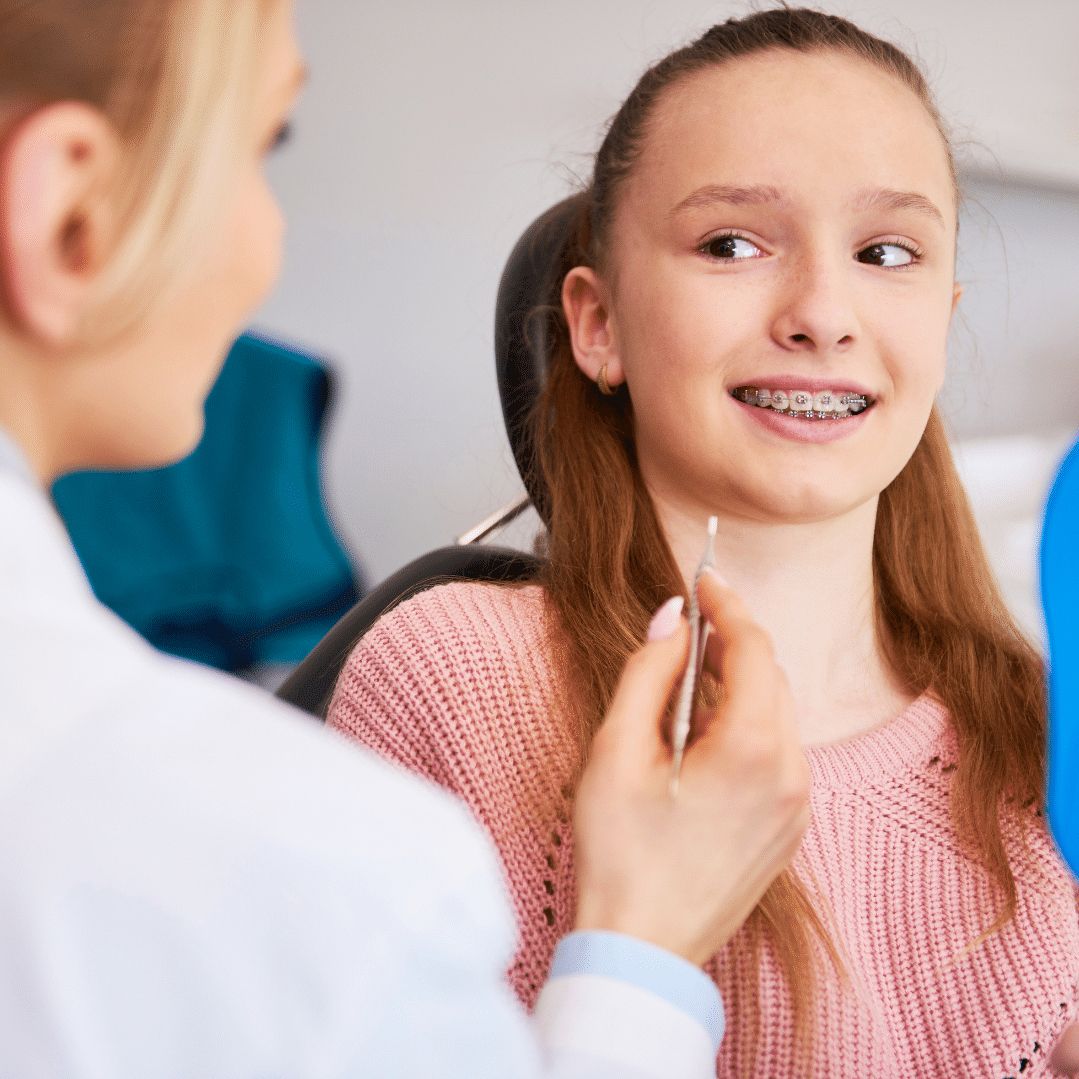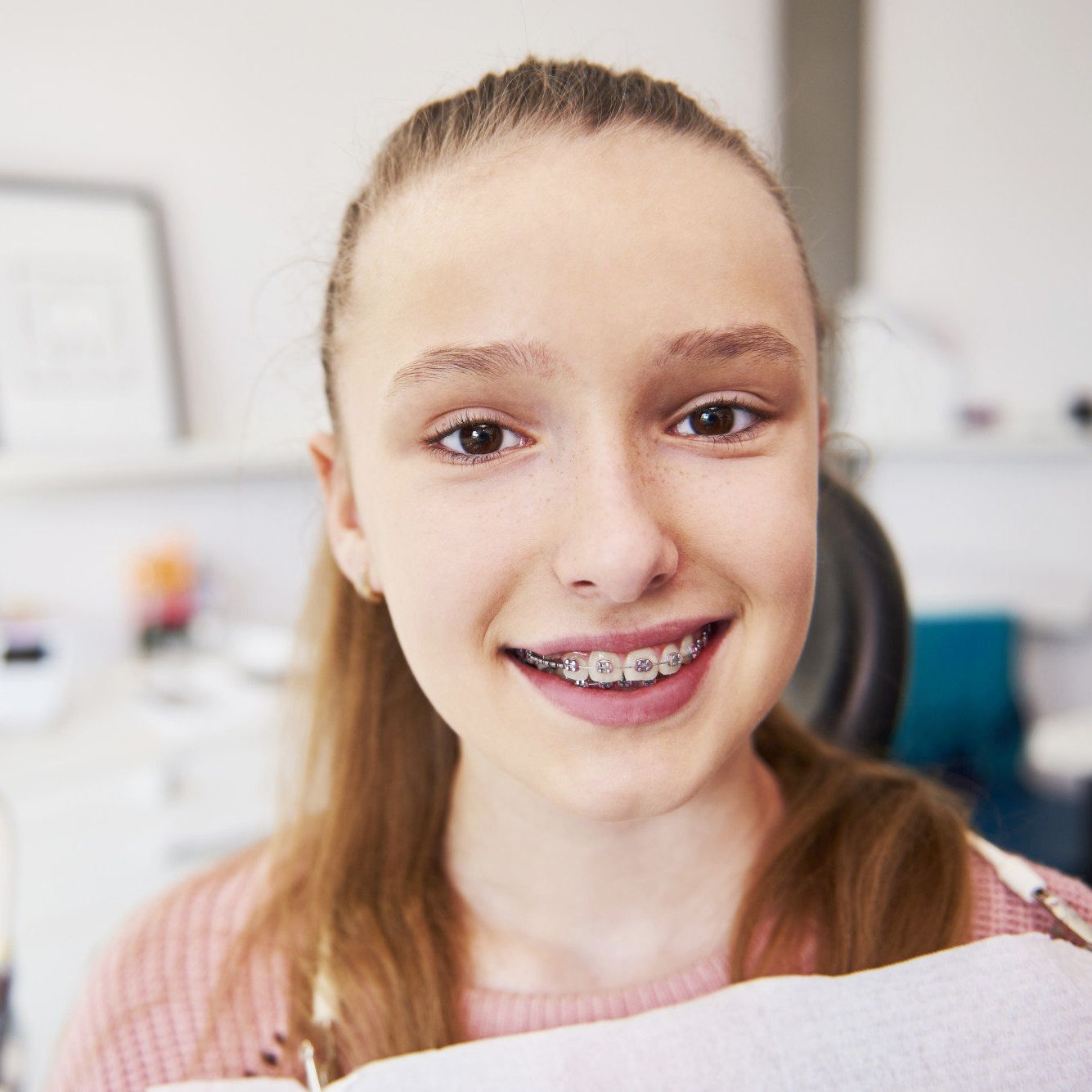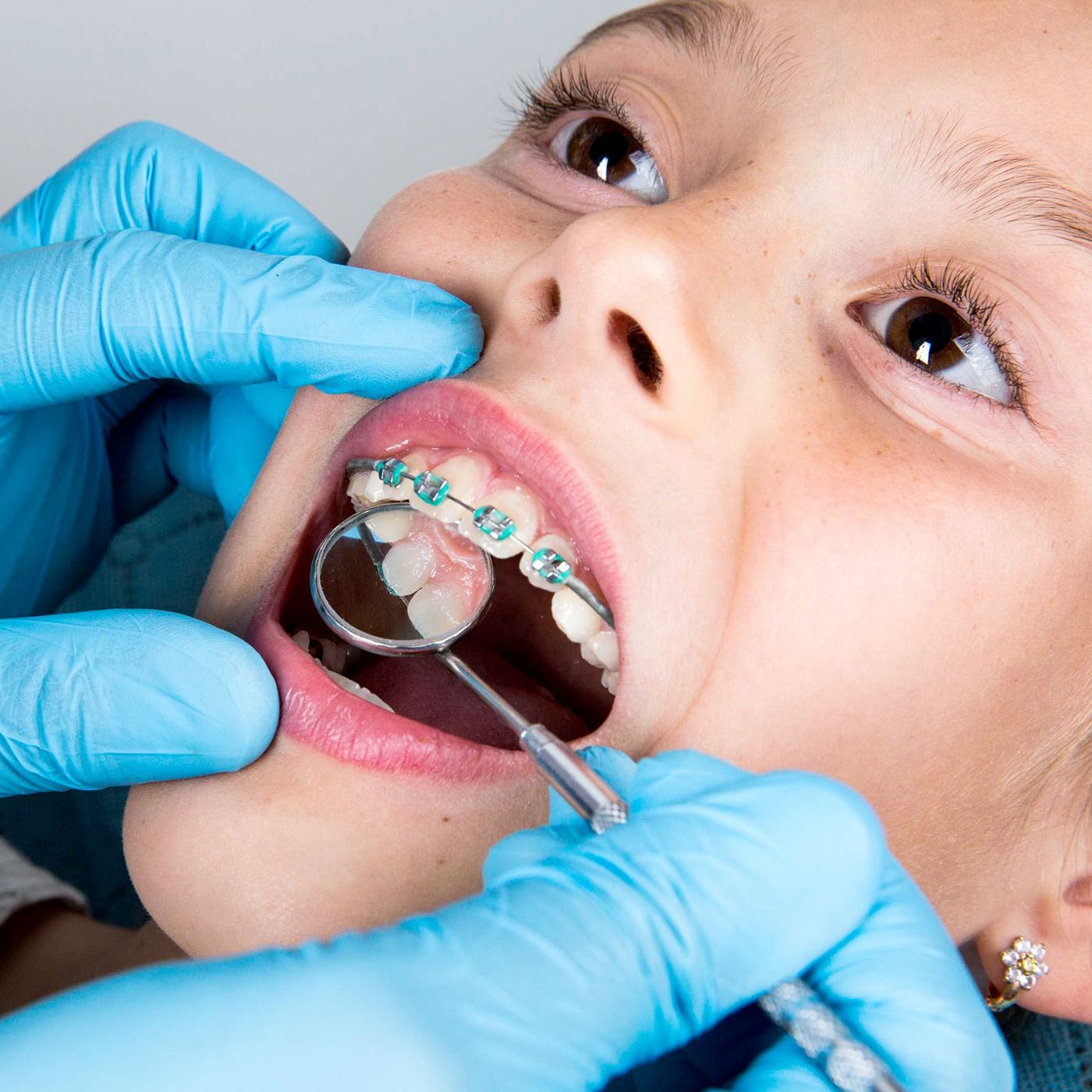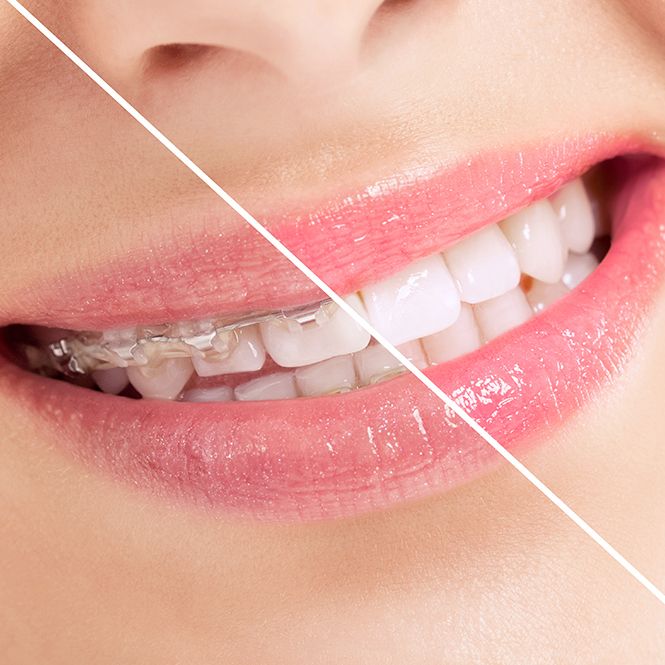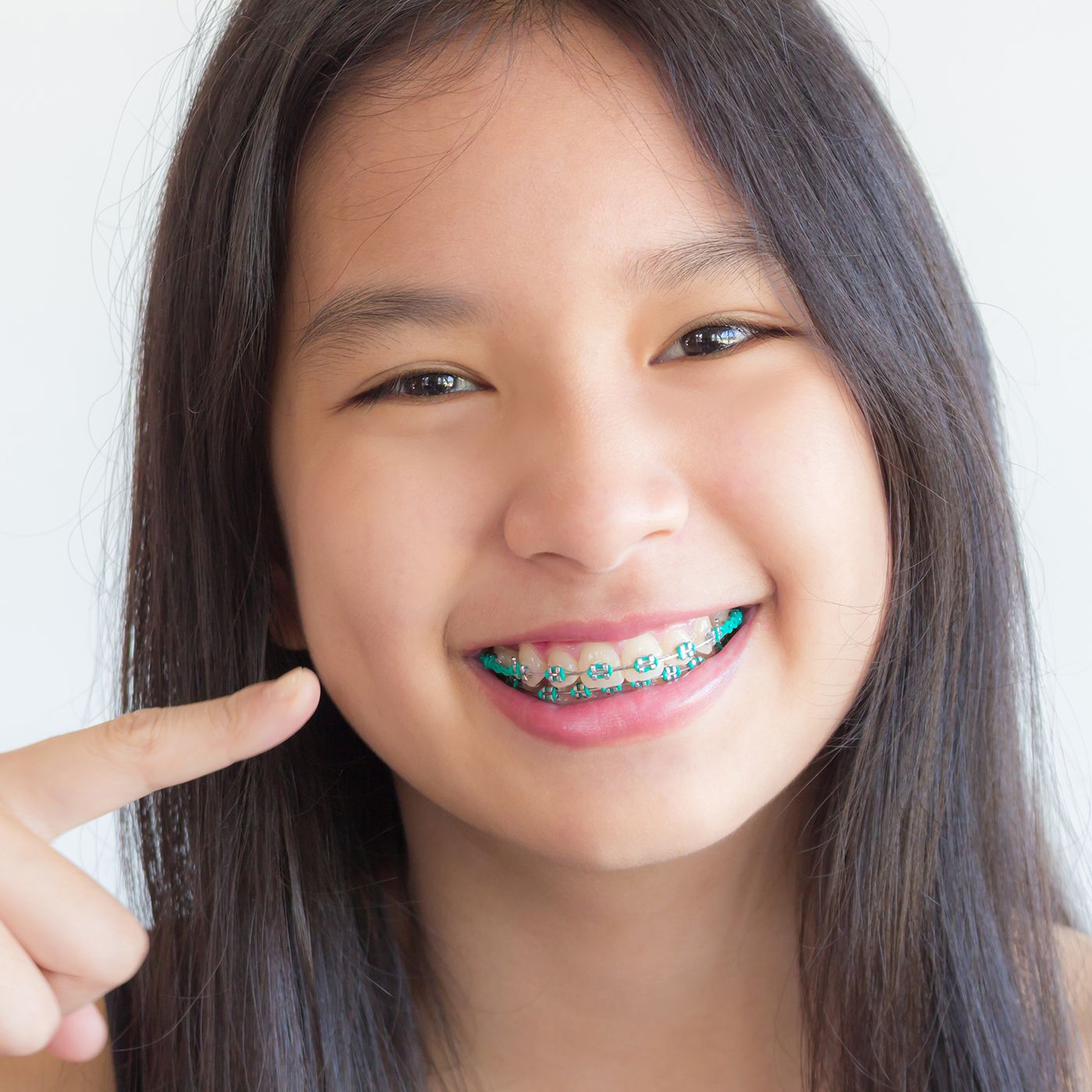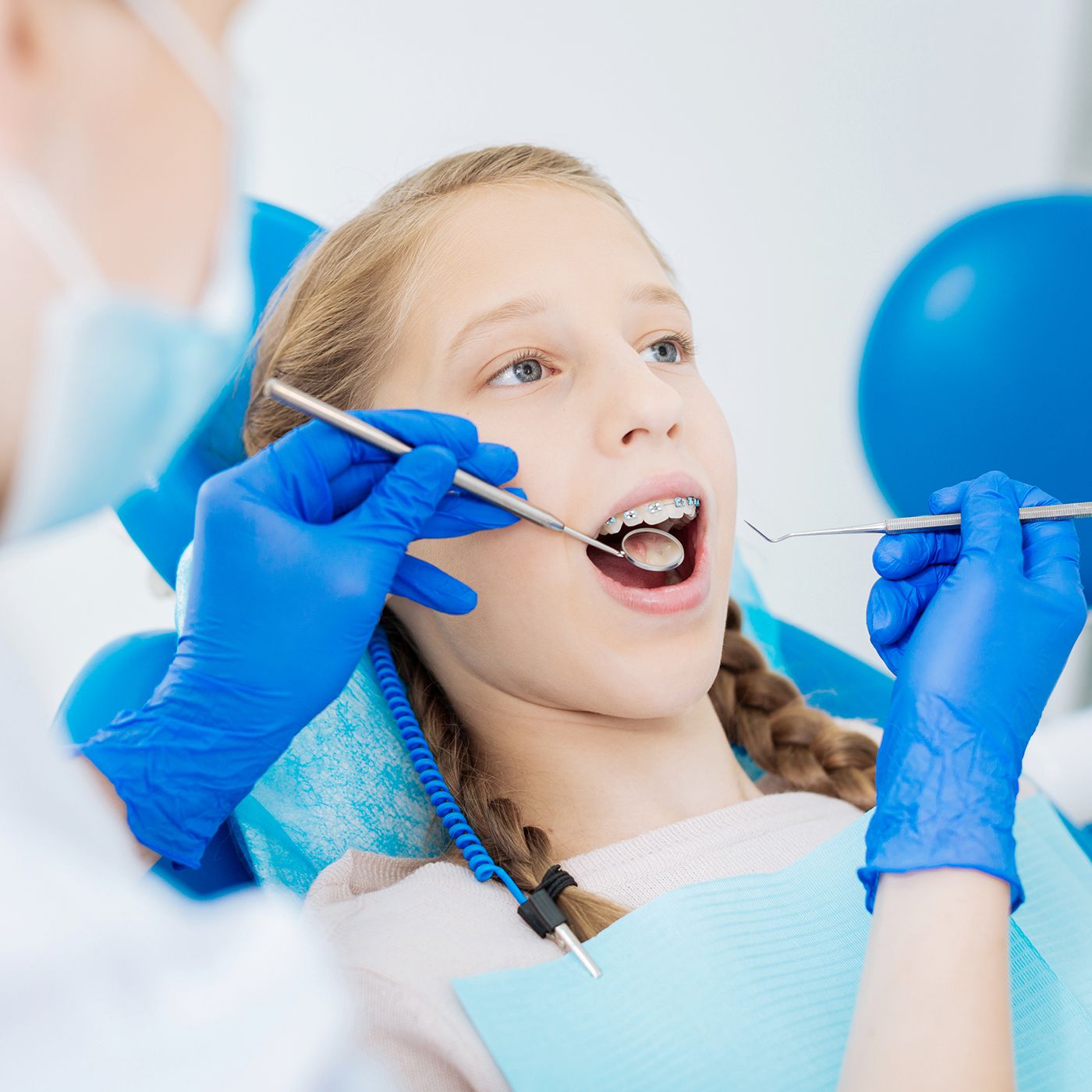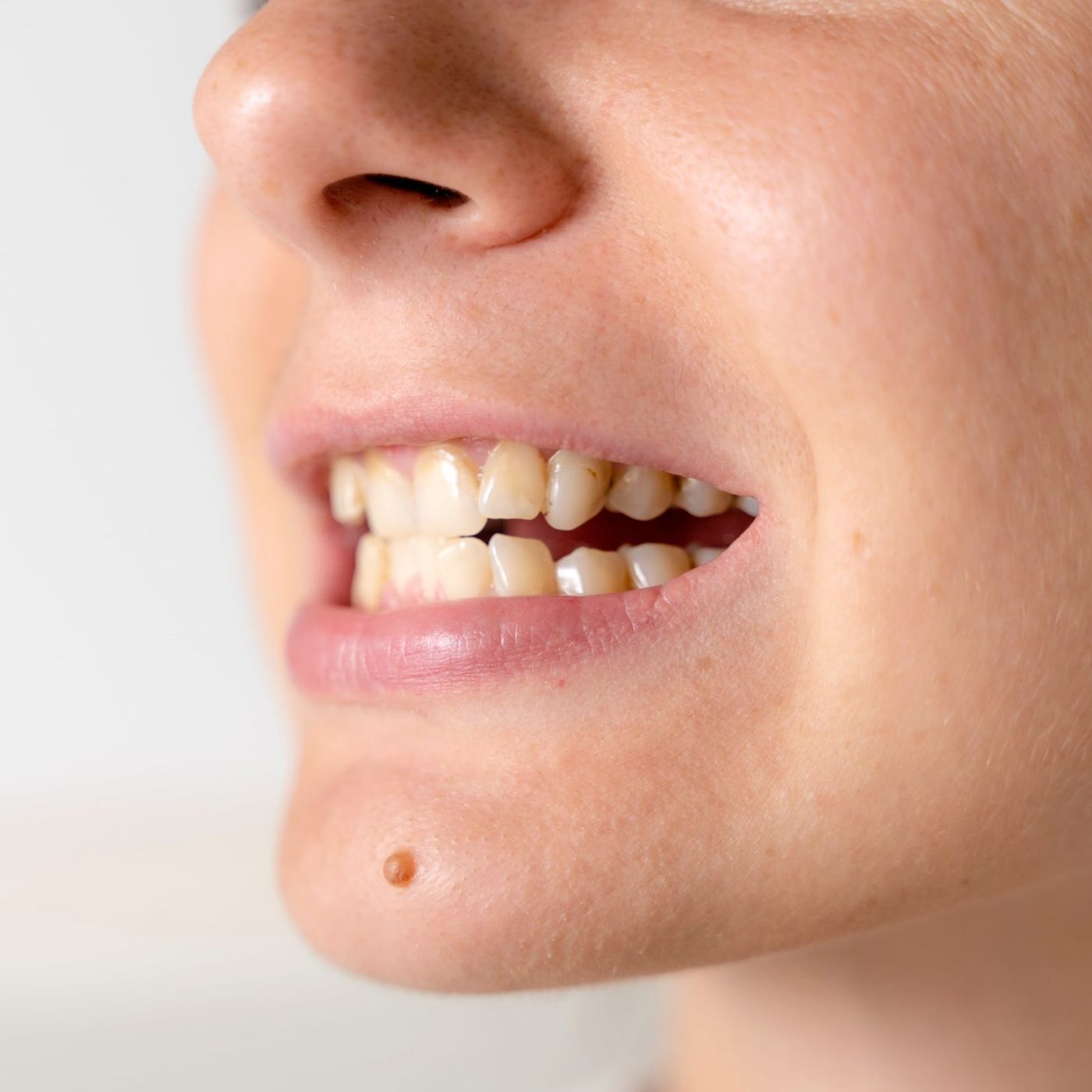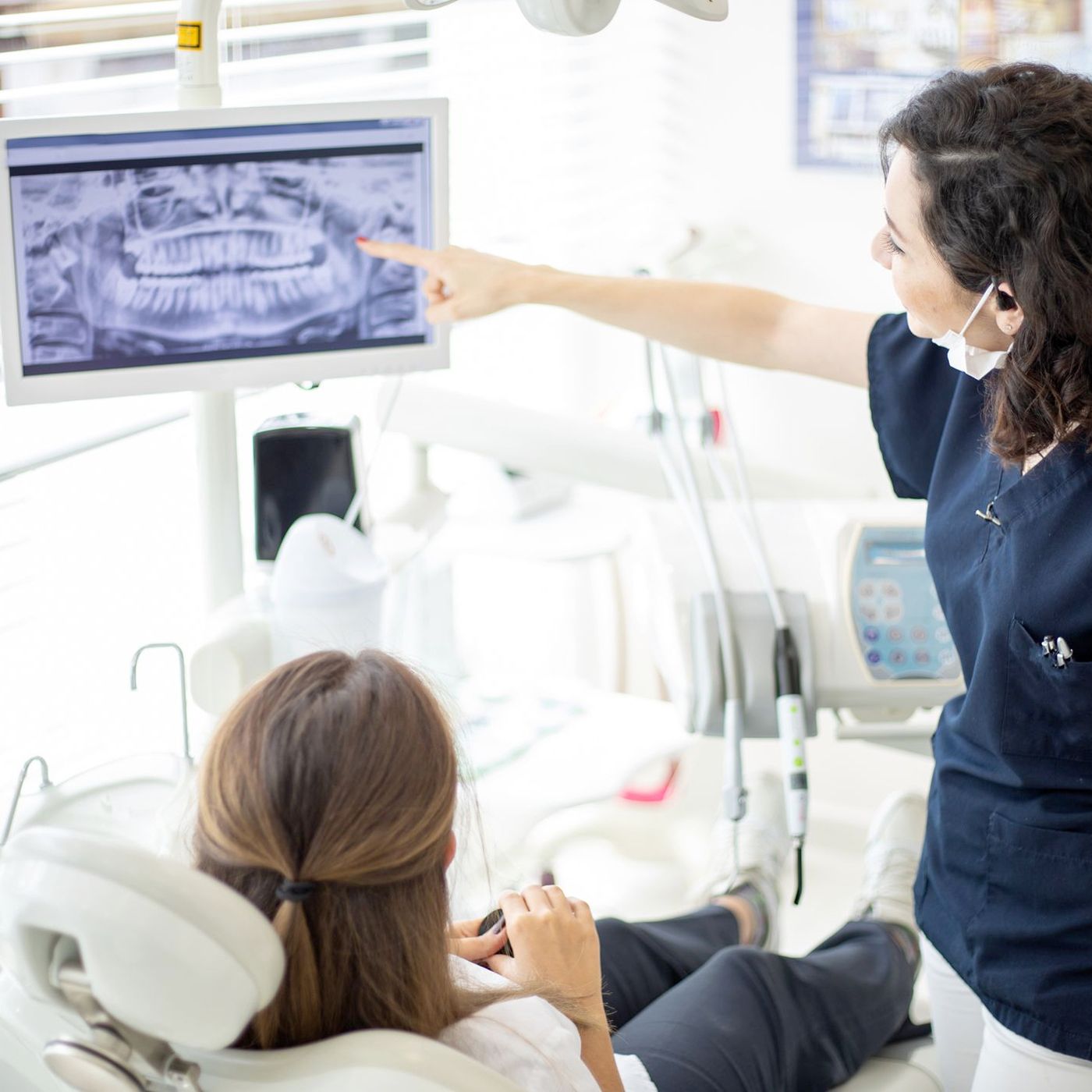Types of Braces
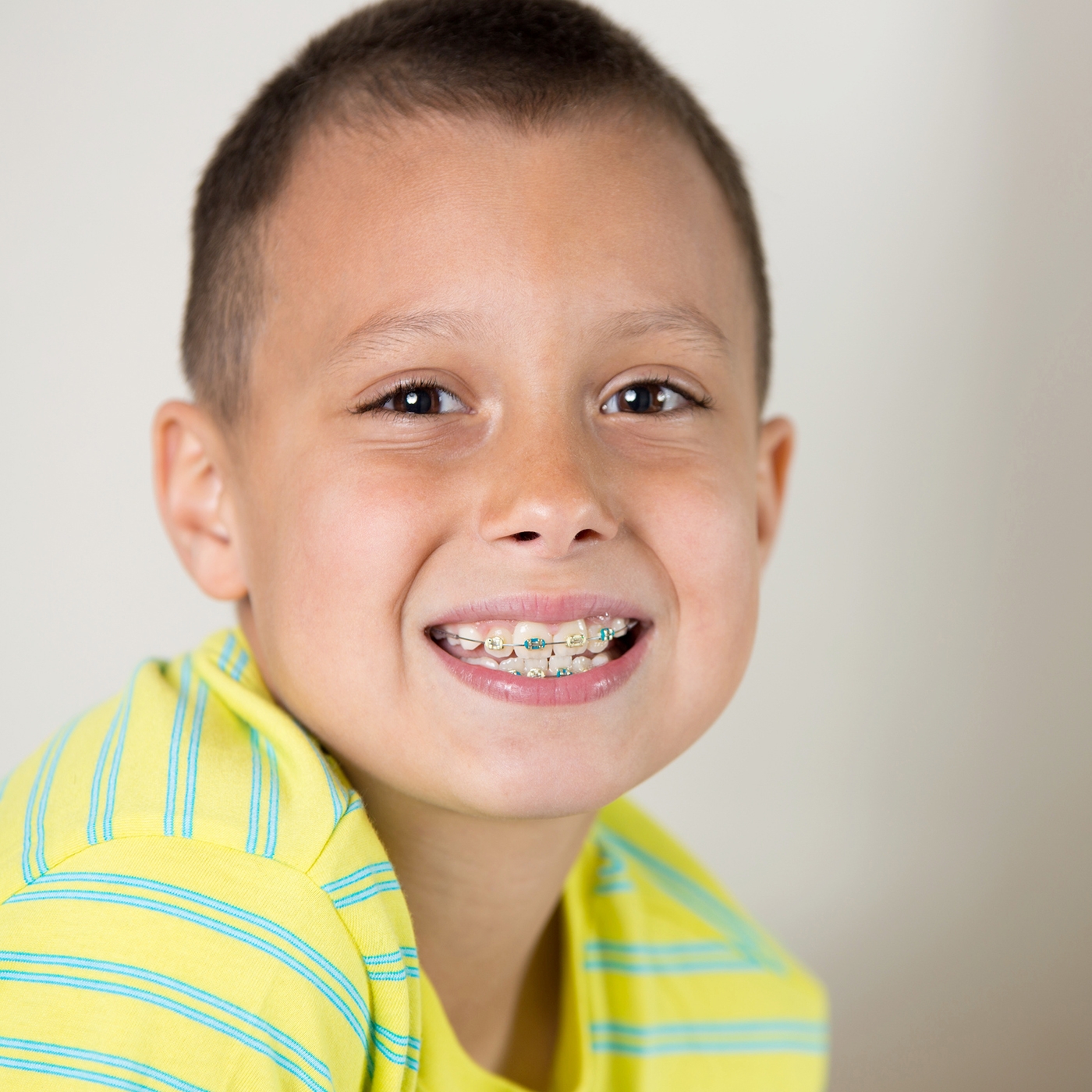
There are many different types of orthodontic braces available. Each type, though made of varying components, realigns the teeth to enhance chewing, biting, and aesthetics. Available styles of orthodontic appliances allow the wearer a great amount of flexibility, control and convenience.
The two main types of braces available are removable and fixed devices. As the names suggest, removable devices can be moved into and out of the mouth at any time, while fixed devices are both applied and removed by the orthodontist. Though fixed dental braces are often used to correct severe alignment issues, removable devices are popular because they afford the wearer more control over their treatment.
Fixed Devices
Traditional Fixed Braces
Traditional braces are often more affordable and expedient than any other kind of braces – particularly in the case of a severe malocclusion (bad bite). During application of fixed braces, individual brackets are glued to each tooth on the arch and a thin wire connects the brackets. Traditional fixed braces work on the premise that consistent pressure is applied to the teeth. The appliances must modified by an orthodontist at routine appointments to continue exerting appropriate pressure.
There are several different types of brackets available, including metal, ceramic and clear. The metal brackets tend to be the least problematic structurally, but they are also the most visible. Ceramic brackets are equally effective and less visible, but they have a tendency to stain if not cared for properly. Clear brackets are the least visible, but generally cost more and are prone to damage.
The following treatment options are available for patients who choose fixed orthodontics:
Lingual Braces
Lingual braces are almost invisible, as they are bonded to the back of the teeth, but the initial affixation is slightly more complex. Lingual braces are comprised of special custom-made brackets, which are connected by a wire. Many wearers prefer the reduced aesthetic impact with these braces, but some report an initial impairment in speech.
Damon System
The Damon System is a more discreet alternative to traditional fixed braces. Light wires are initially used to align the teeth, and are replaced with heavier wires as the teeth become straighter. Traditional braces use elastic rings to hold the wires in place, whereas the creators of the Damon System have replaced these rings with tiny sliding doors.
The biggest advantage of this replacement is the reduction of friction and discomfort. A reduced amount of friction allows this system of self-ligating braces to correct malocclusions quickly, and the lighter wires cause less stress to the periodontal ligaments. The Damon System is less noticeable and quicker, but can be costlier than traditional fixed systems.
SureSmile
SureSmile is a hi-tech system that claims to straighten teeth in a far shorter time than traditional braces. To determine the precise position and angle of each tooth, an OraScanner and/or Cone Beam Computed Tomography (CBCT) is used to take a three dimensional picture of the teeth. The archwire for the braces is created by a computer system and used to link the orthodontic brackets. The archwire is activated by body heat. The result is quicker treatment and more precise alignment. The SureSmile system is technologically advanced and effective, but can be among the more expensive forms of fixed braces.
Six Month Smiles
Six Month Smiles is designed to greatly impact aesthetics, as opposed to function. Instead of moving every tooth into alignment, this system focuses mainly on the teeth that are visible when smiling and speaking. Six Month Smiles utilizes small archwires and tooth-colored brackets to make the braces as unobtrusive as possible. Contrary to popular belief, more pressure is not added to move the teeth quickly. These cosmetic braces are popular, effective and can cost less than other technologically advanced systems.
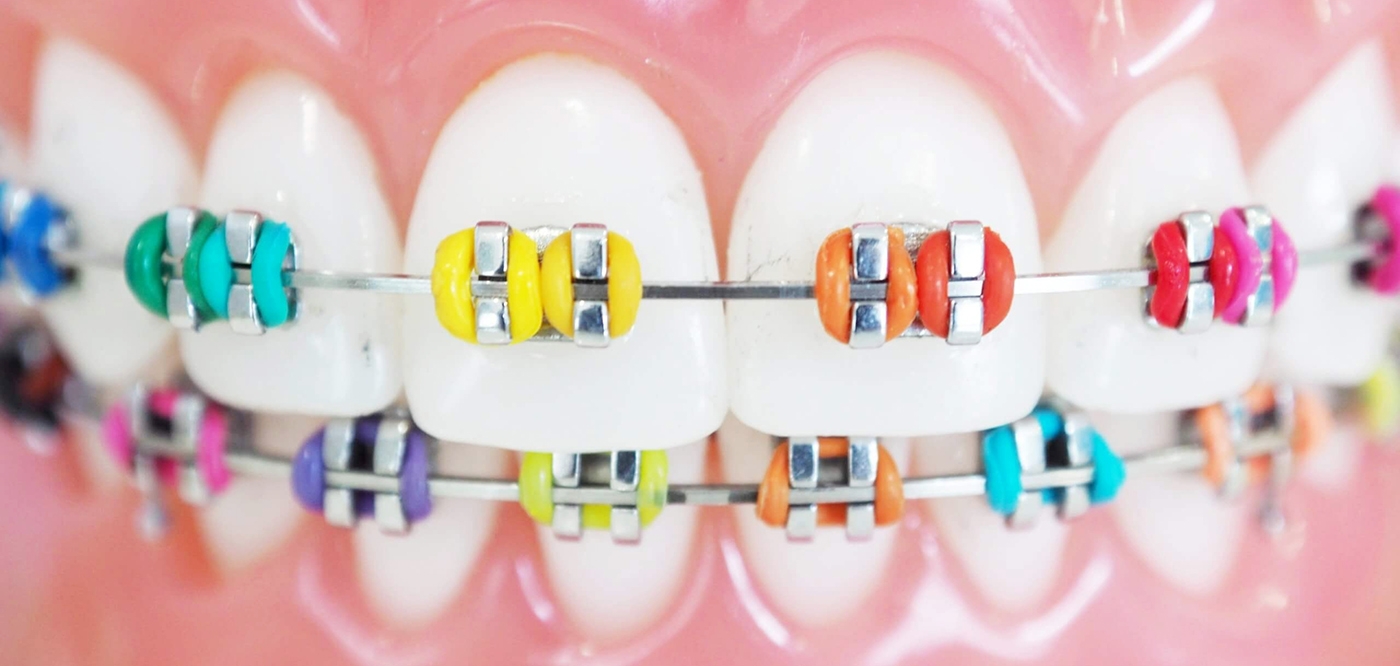
Removable Devices
Invisalign® Clear Braces
The Invisalign system is a series of removable aligning trays, which gradually reposition the teeth into the correct alignment. Generally, aligning trays are worn for two weeks before they are discarded for trays which fit the new positioning of the teeth. Invisalign trays can be easily removed for eating and social functions, but must be worn as much as possible for expedient results. Invisalign is a convenient type of orthodontics, but requires commitment from the wearer.
Clear, removable braces are generally recommended for minor to moderate alignment problems. Other popular brands of removable orthodontics include ClearCorrect and MTM® Clear Aligner.
If you have questions or concerns about any type of braces, please contact your dental care provider.
orthodontics
![6-month-smiles-1]()
6 Month Smiles®
Explore more![an-introduction-to-braces-1]()
An Introduction To Braces
Explore more![at-home-care-for-orthodontic-soreness-1]()
At-Home Care for Orthodontic Soreness
Explore more![braces-for-adults-1]()
Braces For Adults
Explore more![braces-for-children-1]()
Braces For Children
Explore more![brushing-and-flossing-with-braces-1]()
Brushing and Flossing with Braces
Explore more![care-during-orthodontic-treatment-1]()
Care During Orthodontic Treatment
Explore more![care-following-orthodontics-retainers-1]()
Care Following Orthodontic - Retainers
Explore more![damon-braces-1]()
Damon® Braces
Explore more![do-braces-hurt-1]()
Do Braces Hurt ?
Explore more![does-my-child-need-early-orthodontics-1]()
Does My Child Need Early Orthodontics?
Explore more![eating-while-wearing-braces-1]()
Eating While Wearing Braces
Explore more![in-ovation-l-mtm-1]()
In-Ovation® L MTM
Explore more![invisalign-1]()
Invisalign®
Explore more![is-it-ever-too-late-to-get-braces-1]()
Is It Ever Too Late To Get Braces?
Explore more![lingual-braces-1]()
Lingual Braces
Explore more![orthodontic-appliances-1]()
Orthodontic Appliances
Explore more![orthodontic-conditions-1]()
Orthodontic Conditions
Explore more![orthodontic-dictionary-1]()
Orthodontic Dictionary
Explore more![orthodontic-emergencies-1]()
Orthodontic Emergencies
Explore more![orthodontic-exams-1]()
Orthodontic Exams
Explore more![orthodontic-treatment-braces-1]()
Orthodontic Treatment (Braces)
Explore more![orthodontic-treatment-phases-1]()
Orthodontic Treatment Phases
Explore more![repositioning-teeth-with-orthodontic-appliances-1]()
Repositioning Teeth with Orthodontic Appliances
Explore more![suresmile-1]()
SureSmile®
Explore more![what-does-orthodontic-treatment-involve-1]()
What Does Orthodontic Treatment Involve?
Explore more![what-is-orthodontics-1]()
What is Orthodontics?
Explore more![what-is-a-malocclusion-1]()
What is a Malocclusion?
Explore more![what-is-an-orthodontist-1]()
What is an Orthodontist?
Explore more![when-should-my-child-get-an-orthodontic-evaluation-1]()
When Should My Child Get An Orthodontic Evaluation?
Explore more![who-can-benefit-from-orthodontics-1]()
Who Can Benefit From Orthodontics?
Explore more![why-straighten-teeth-1]()
Why Straighten Teeth?
Explore more
Get In Touch
- Monday - Thursday
- Friday - Saturday - Sunday
- 9:00 am - 4:30 pm
- Closed
- Monday - Friday
- Saturday - Sunday
- 8:00 am - 5:00 pm
- Closed
- Monday - Thursday
- Friday
- Saturday - Sunday
- 9:00 am - 4:30 pm
- Appointment only
- Closed




